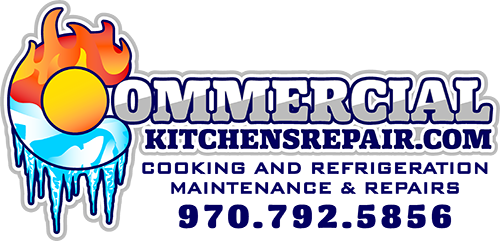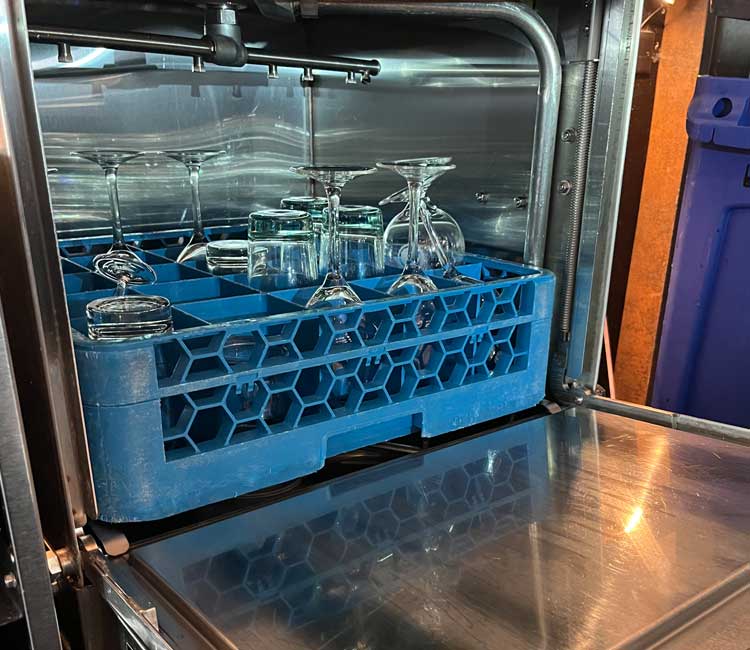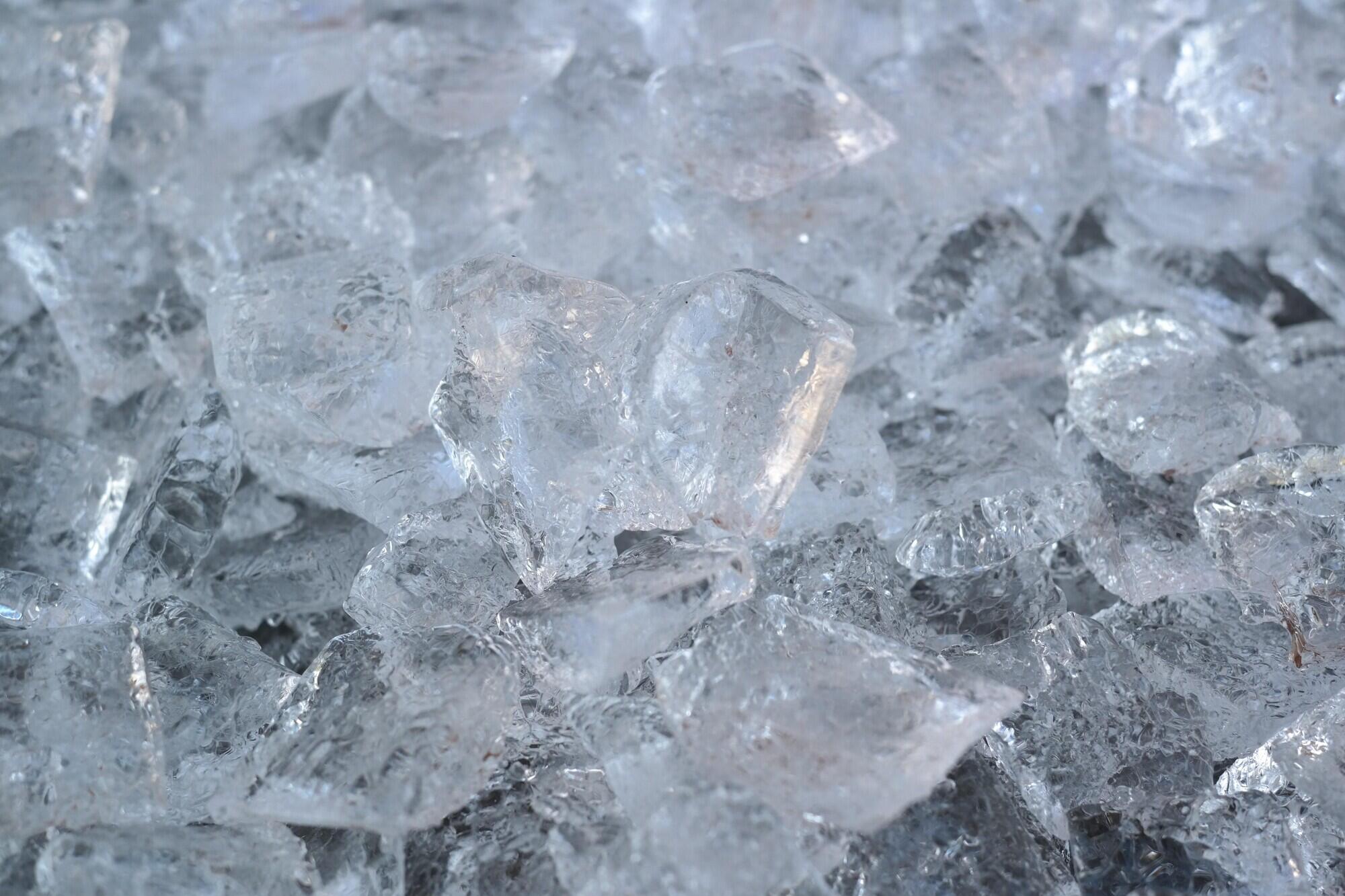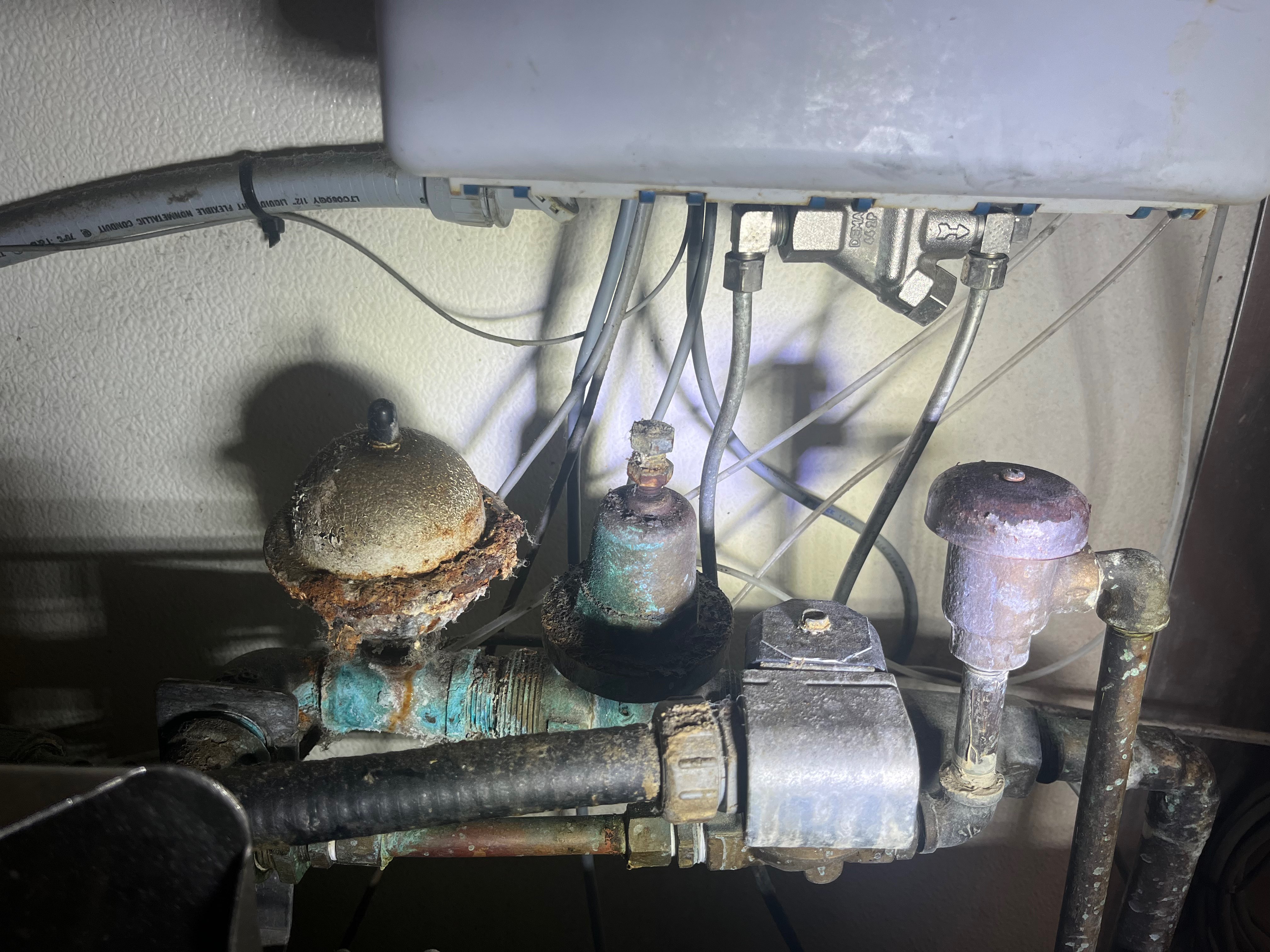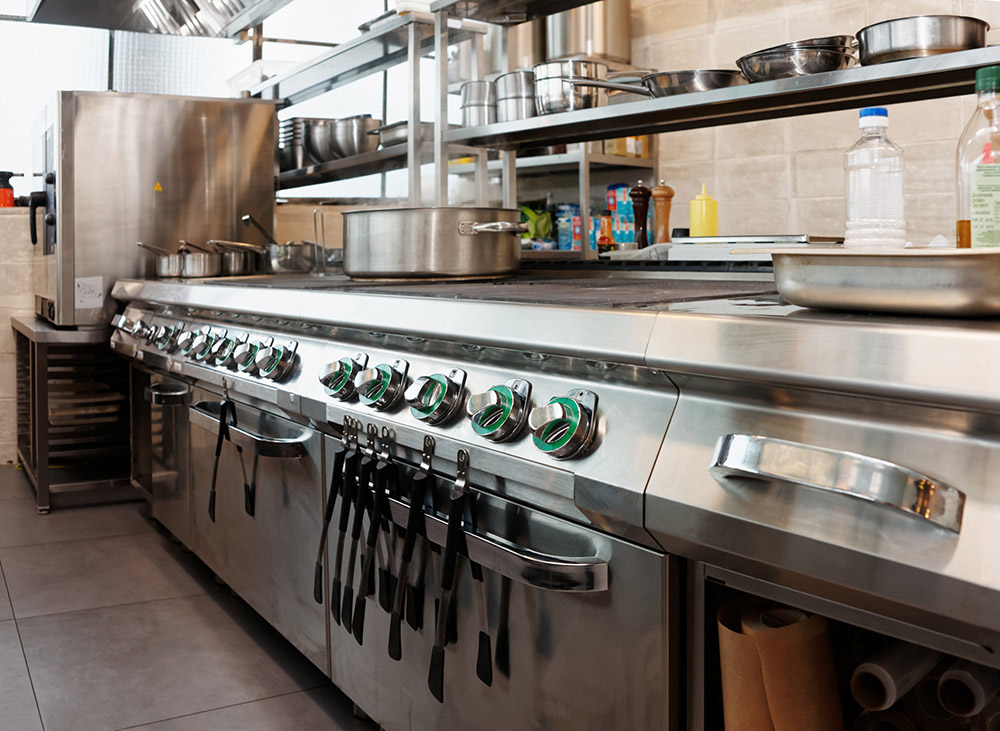Proper Hood Exhaust Above Your Kitchen Equipment: An Overview
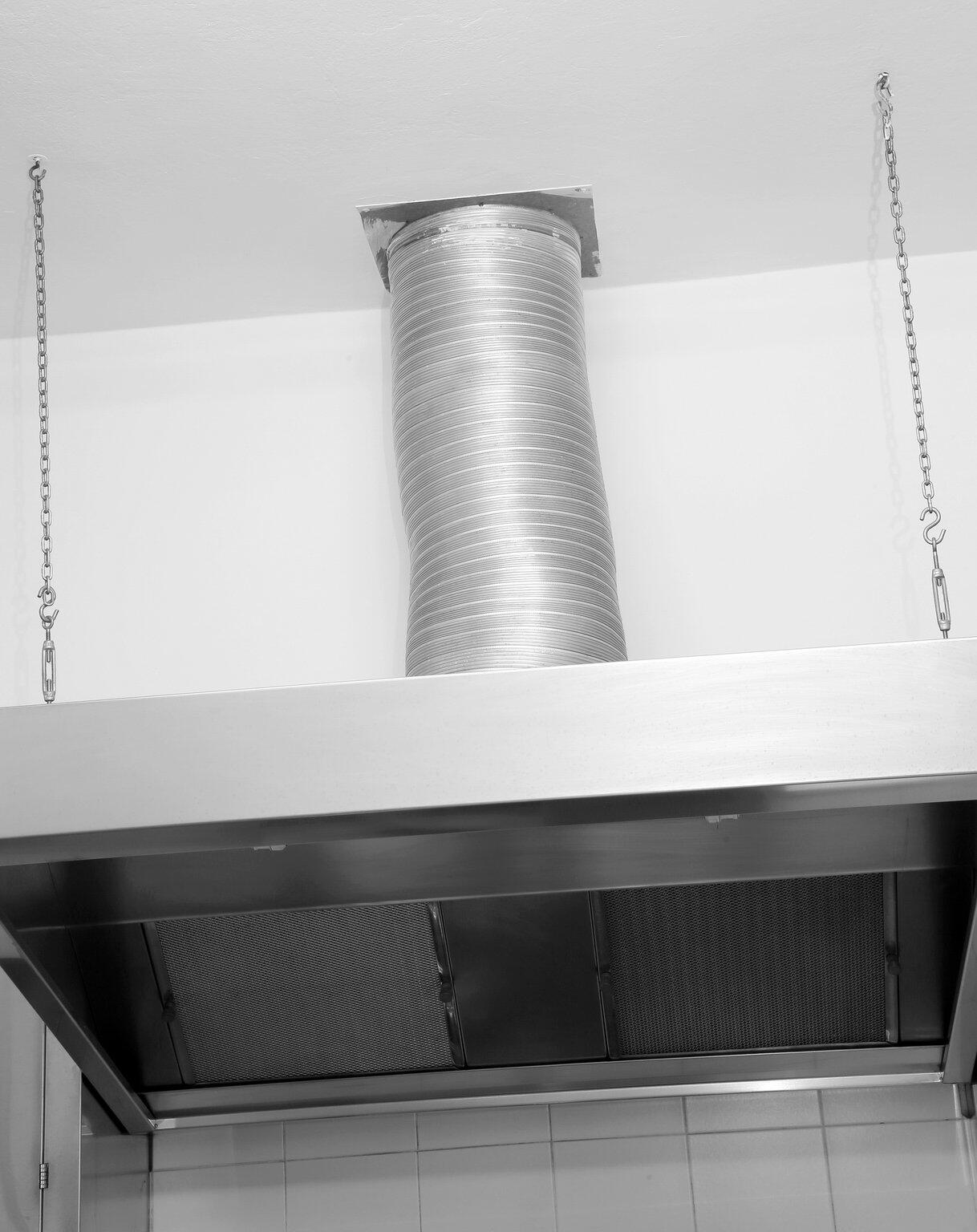
Employee turnover in the restaurant industry remains above pre-pandemic levels. Reducing churn is critical to the success of your business. Restaurants with a more experienced staff have higher sales and traffic growth.
A better working environment is key for employee retention. One step you can take is to ensure you have the right hood exhaust for your kitchen equipment. Proper ventilation improves safety and comfort.
Learn more about finding the right exhaust system for your commercial kitchen.
Components of Your Commercial Kitchen Exhaust System
The exhaust system in your industrial kitchen has three main parts: the exhaust hood, exhaust fan, and ducts. The hood is like a canopy over your kitchen equipment. The hood filter captures airborne particles.
Exhaust motors power the fans. Exhaust fan(s) pull contaminated air into the exhaust system. The air travels through the ducts, and it vents outside.
Types of Industrial Kitchen Hoods
Proper hood exhaust starts with choosing the right type of hood. Type I hoods remove heat, smoke, and airborne grease. Type II hoods remove steam, vapor, and other moisture.
Type I and Type II hoods aren't interchangeable. Type II hoods don't have a grease filter. They shouldn't be used over locations like fryers or broilers.
Correct Sizing of the Hood
The size and layout of your kitchen determine the size of the exhaust hood you need. Choosing a hood that's the right size helps ensure that the system removes airborne contaminants efficiently. It means the exhaust fans work more efficiently.
The hood should be 6 inches larger on all sides compared to the kitchen equipment underneath it.
Calculating CFM
Your CFM (cubic feet per minute) requirement is a key factor when deciding which size ventilation hood to buy. CFM tells you how much air the exhaust fan can move. The CFM you need depends on several elements, including:
- Type and size of cooking equipment
- Volume of cooking
- Kitchen size
Your exhaust hood must comply with local regulations.
Placement of the Exhaust Hood
A ventilation hood would ideally be placed near an exterior wall or roof. This makes venting easier and minimizes the amount of ductwork necessary. The exhaust hood should vent outside.
The hood must be installed directly over the kitchen equipment it's ventilating. Local codes usually specify a maximum and minimum height for the hood relative to the cooking appliances.
Proper Supply of Make-Up Air
The ventilation system for your commercial kitchen needs to bring in enough fresh air to replace the contaminated air. Make-up air replaces the air that the exhaust fan removes.
Make-up air prevents negative pressure and helps maintain the efficiency of exhaust fans. It makes the working environment safer and more pleasant for your employees. It improves the dining experience for your customers.
Use the Right Hood Exhaust for Your Kitchen Equipment
Installing the right kitchen exhaust hood improves safety and comfort for your employees and guests. The hood must be large and powerful enough for your kitchen equipment.
Regulations require a proper hood exhaust for commercial kitchens. Commercial Kitchens Repair will keep your exhaust system performing its best. We specialize in kitchen equipment repair and maintenance.
We're your local commercial kitchen equipment expert in northern Colorado and Cheyenne. Contact Commercial Kitchens Repair to diagnose and repair issues with your exhaust hood.
‹ Back
